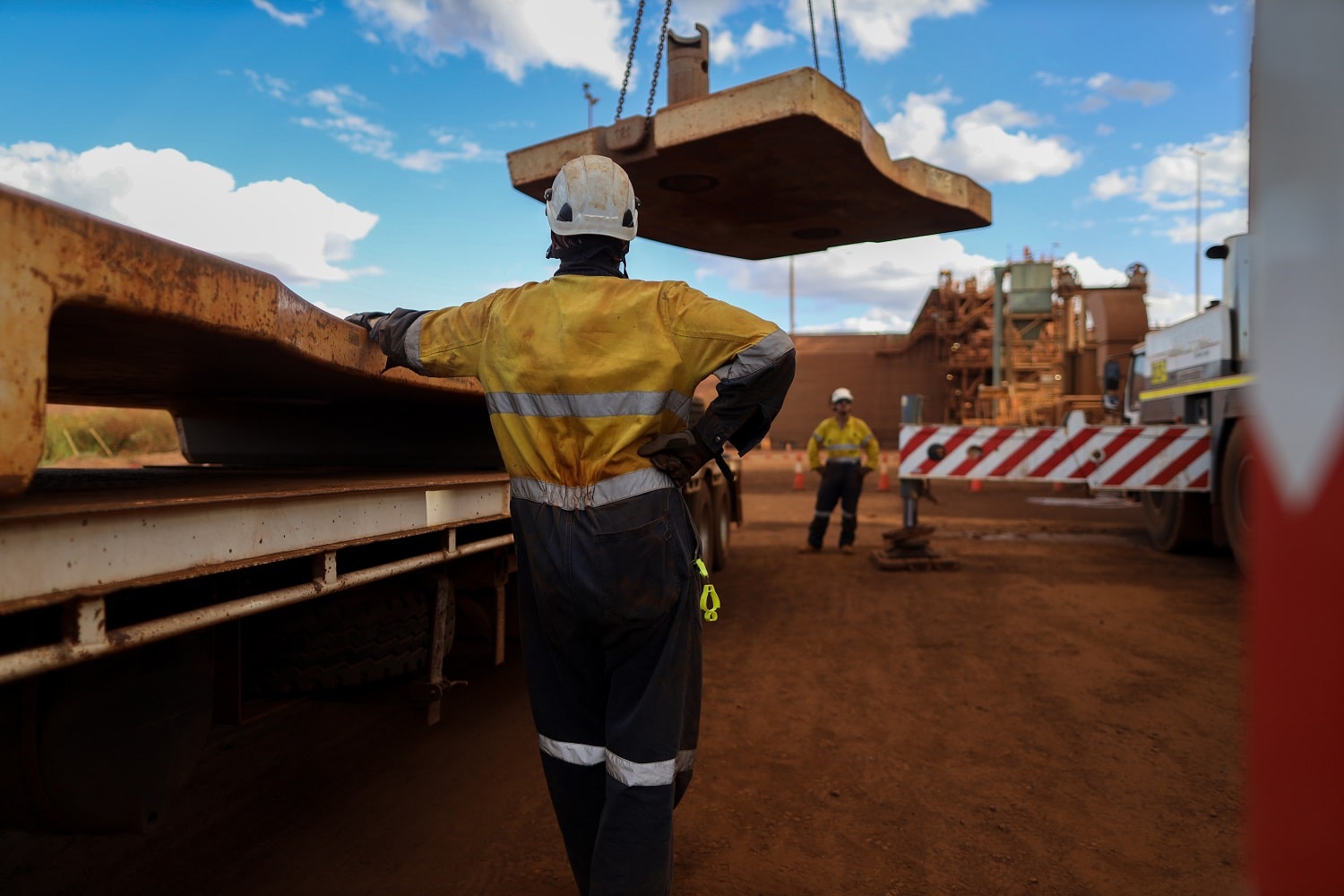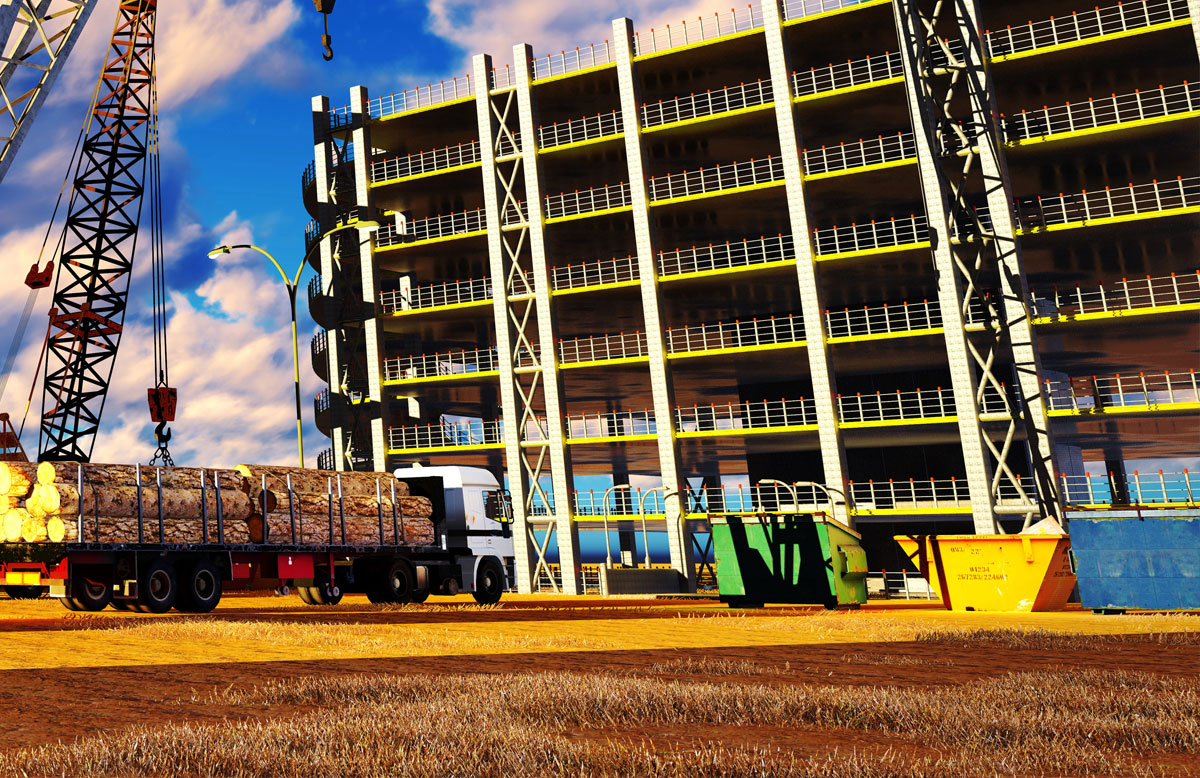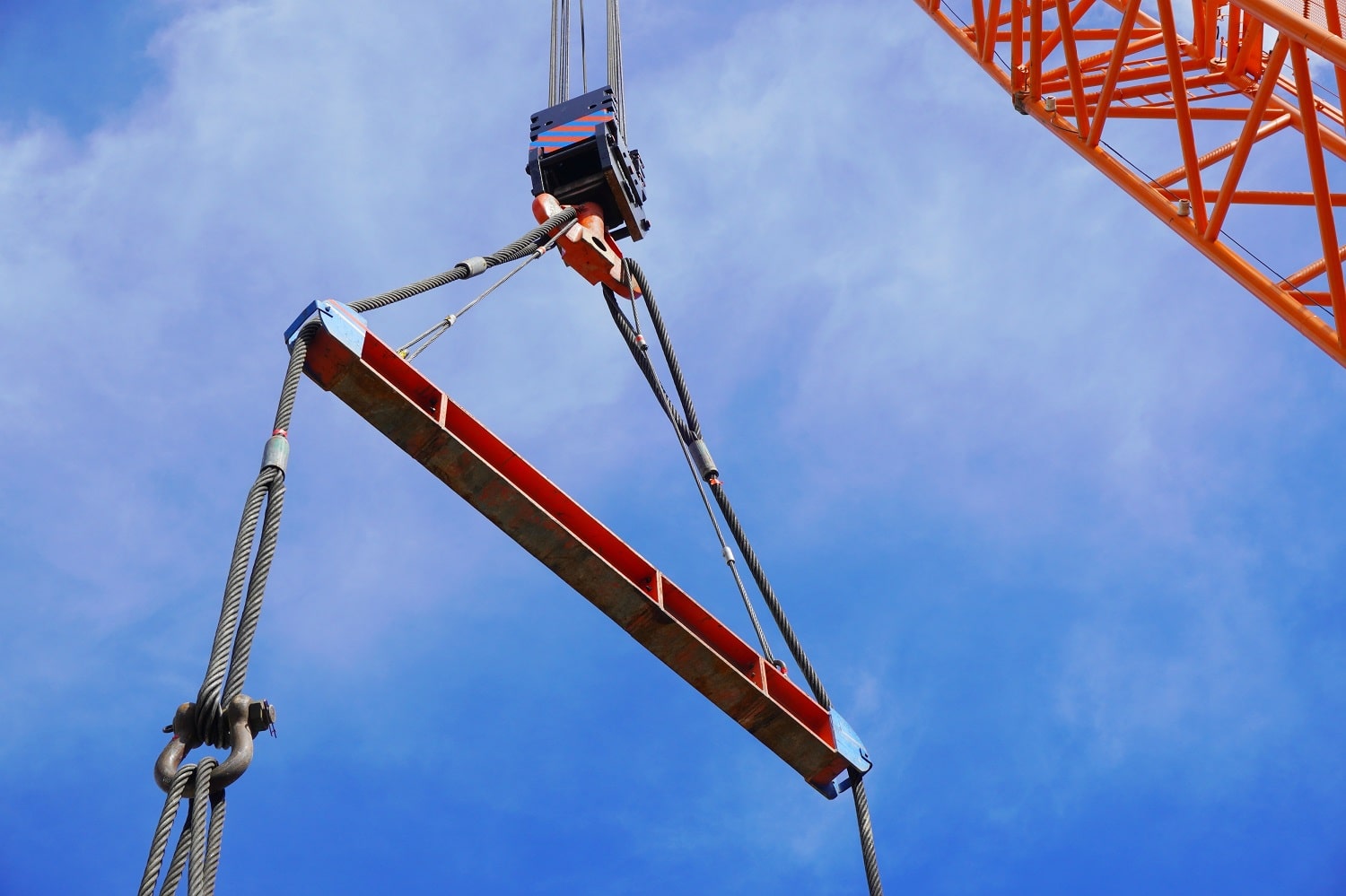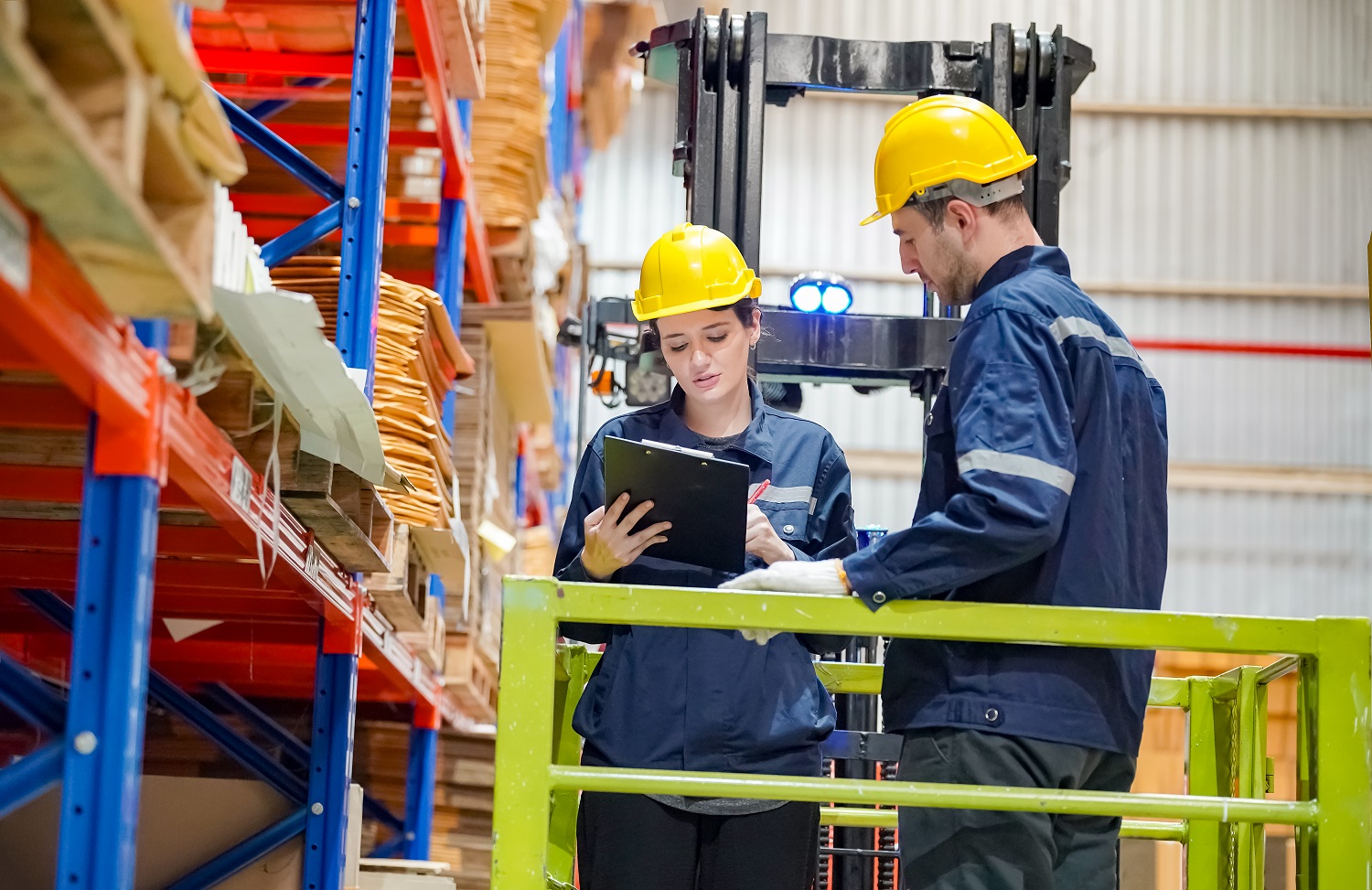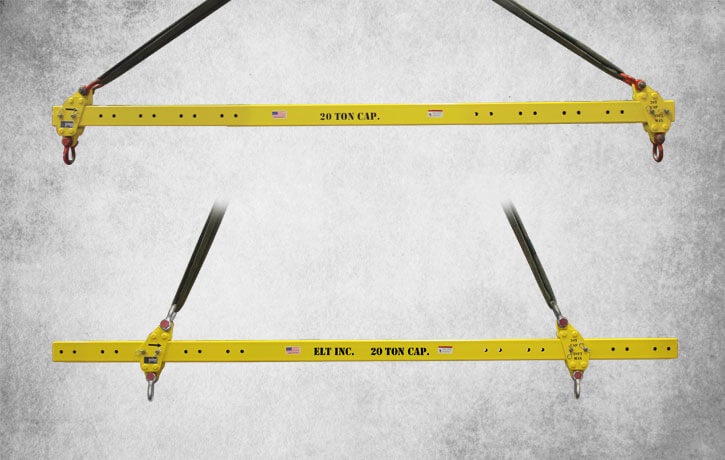Avoiding Rigging Accidents from Common Mistakes on Construction Sites
Rigging accidents often have severe consequences on construction sites, posing risks to workers’ safety and causing project delays. It’s crucial to identify and understand these common rigging mistakes and the preventive measures that can be taken on the job site to ensure a safe working environment.
Inadequate Planning and Communication:
One of the most prevalent mistakes that lead to rigging accidents is a lack of proper planning and communication from the top to bottom of the construction team. Failure to conduct thorough assessments of the lifting operation, including load capacity, equipment selection, and environmental factors, can significantly increase the risk of job site accidents. Additionally, ineffective communication between team members can result in misunderstandings and potentially dangerous situations.
To mitigate this risk, construction teams should prioritize comprehensive planning that involves assessing load requirements, identifying potential hazards, and establishing clear communication protocols before starting any job. Daily safety briefings should also be conducted to ensure that all team members know their responsibilities and thoroughly understand the project requirements.
Improper Rigging Techniques and Equipment Selection:
Using incorrect rigging techniques and inadequate equipment is another leading cause of rigging accidents. Improperly selected or faulty equipment can compromise the stability and integrity of the load, leading to potential accidents during lifting and transportation.
It is essential to properly train all personnel involved in rigging operations, ensuring they’re familiar with the appropriate techniques and equipment selection for different load types and lifting scenarios. Regular inspections of rigging equipment should be conducted to identify any signs of wear, damage, or defects that could compromise its safety.
Overloading and Unbalanced Loads:
Overloading and unbalanced loads pose significant risks during lifting operations. Exceeding the load capacity of rigging equipment or failing to distribute the weight evenly across the lifting points, can cause instability, structural damage, and even equipment failure.
To prevent accidents related to overloading and unbalanced loads, it is crucial to accurately determine the weight of the load and select rigging equipment that can handle the specified capacity. Rigging professionals should be well-versed in load calculations and ensure that the load is evenly distributed and securely attached before initiating any lifting operation.
Poor Inspection and Maintenance Practices:
Neglecting proper inspection and maintenance of rigging equipment before and after jobs can lead to unforeseen accidents. Failure to detect wear and tear, corrosion, or other structural defects can result in equipment failure during critical lifting operations.
Regular inspections of rigging equipment should be conducted, adhering to manufacturer guidelines and industry standards. Any signs of damage or wear should be promptly addressed, and damaged equipment should be removed from service until it is repaired or replaced.
Inadequate Training and Supervision:
Insufficient training and lack of proper supervision are common contributors to rigging accidents. Workers who are not adequately trained in safe rigging practices or lack proper supervision may engage in risky behaviors or make incorrect judgments during lifting operations.
Employers should ensure that all personnel involved in rigging operations receive comprehensive training on safety procedures, equipment usage, and risk assessment. Ongoing supervision and mentoring by experienced professionals can help reinforce safe practices and enhance overall job site safety.

